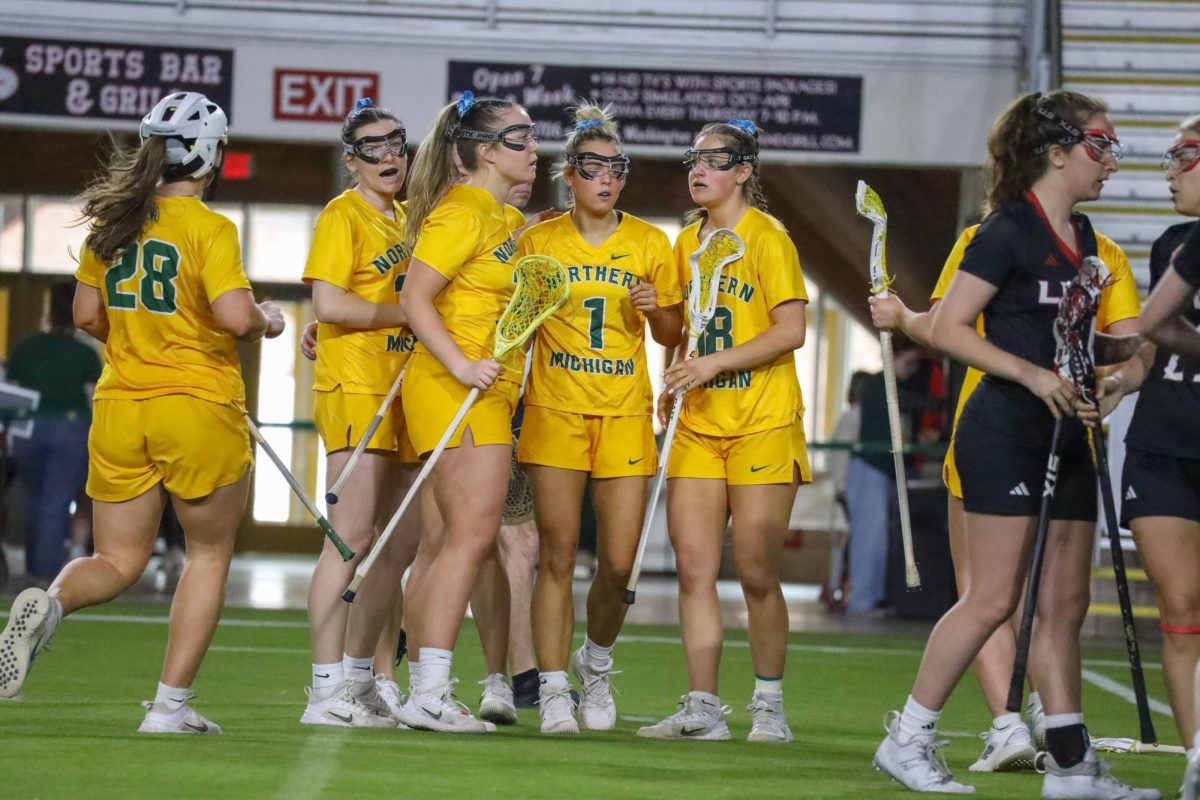“I scaffold lessons that support students in critically thinking about the connections among safe, fair, and just work environments, as well as equity, education policy civic engagement and student achievement,” Farkas said.
The development of the AAUP at NMU came in 1967 when NMU President Edgar Harden fired history professor Robert McClelland without just cause. This caused several days of protests from faculty and students who marched on campus and through the community.
Events during that time were later deemed McClelland Week in a historical account put together in a presentation by NMU Archivist Marcus Robyns, according to “The Battle for Shared Governance: The North Michigan University Chapter of the American Association of University Professors 1967 to 1976.” As a long time member of the union, Robyns researched the beginning of the local AAUP unit and presents on the history in part to show the importance of unions.
Robyns said that AAUP has specific details in the contract to prevent what happened to McClelland from ever happening to another NMU faculty member. It’s one of the large benefits to having a binding agreement. McClelland is one example of what can happen without union protections, Robyns said.
“One reason we went with the union is because otherwise you’re at the whim of the administration. It’s what happened to McClelland, he just pissed off Harden,” Robyns said. “Now it’s ingrained in the contract.”
In 2012, the Michigan Legislature, supported by former Gov. Rick Snyder, passed a bill known as Right to Work. It defined the right of every American to work for a living without being compelled to belong to a union, according to the National Right to Work Committee. Previously, people were often required to join a union if a local one was in place, much like at NMU. Bills like this are one way that unions have been hurt in recent years by officials who do not support collective bargaining. Before Right to Work, Brady said that the membership included almost all of campus and still holds a large portion today.
“It is safe to say our membership was nearly 100% because prior to Right to Work, faculty members had to pay dues whether the dues money went to support the union or to a scholarship fund,” Brady said. “Membership numbers are strong with faculty who anticipate being here for the long haul.”
When it comes to students’ future decision whether or not to be a part of a union in their field,
Robyns said it is not only beneficial but also the chance to be a part of real change in the workplace.
“You’re still going to make a good salary and your dues are going to go toward making the workplace better, part of a larger social movement,” Robyns said.
Contract negotiations started Feb 19. The Spring Chapter meeting is March 26.

























